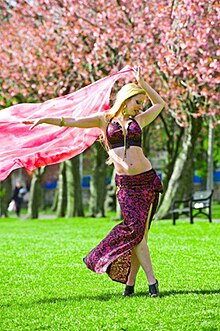What is Tarantella ?
It is a group of various folk dances characterized by a fast upbeat tempo. It also among the most recognized forms of traditional southern Italian music.It is popular in Southern Italy and Argentina. In the Italian province of Taranto, Apulia, the bite of a locally common type wolf spider, named "tarantula" after the region. It was popularly believed to be highly poisonous and to lead to a hysterical condition known as tarantism, This became known as the Tarantella.
The oldest documents mentioning the relationship between musical exorcism and the tarantula date around 1100 BC. R.Lowe Thompson proposed that the dance is a survival from a "Dianic or Dionysiac cult", driven underground. Later, John Compton proposed that the the Roman Senate had suppressed these ancient Bacchanalian rites.
Interesting Facts about Tarantella?
- Many young artists, groups and famous musicians continue to keep the tradition alive.
- The music is very different.
- its tempo is faster, but it has similar hypnotic effects.
- especially, when people are exposed to the rhythm for a long period of time.
- The music is used in the of patients with certain forms of depression and hysteria.
- its effect on the endocrine system recently became an object of research.
Example of Tarantella dance
It's a good dance right ? See you next week ..









